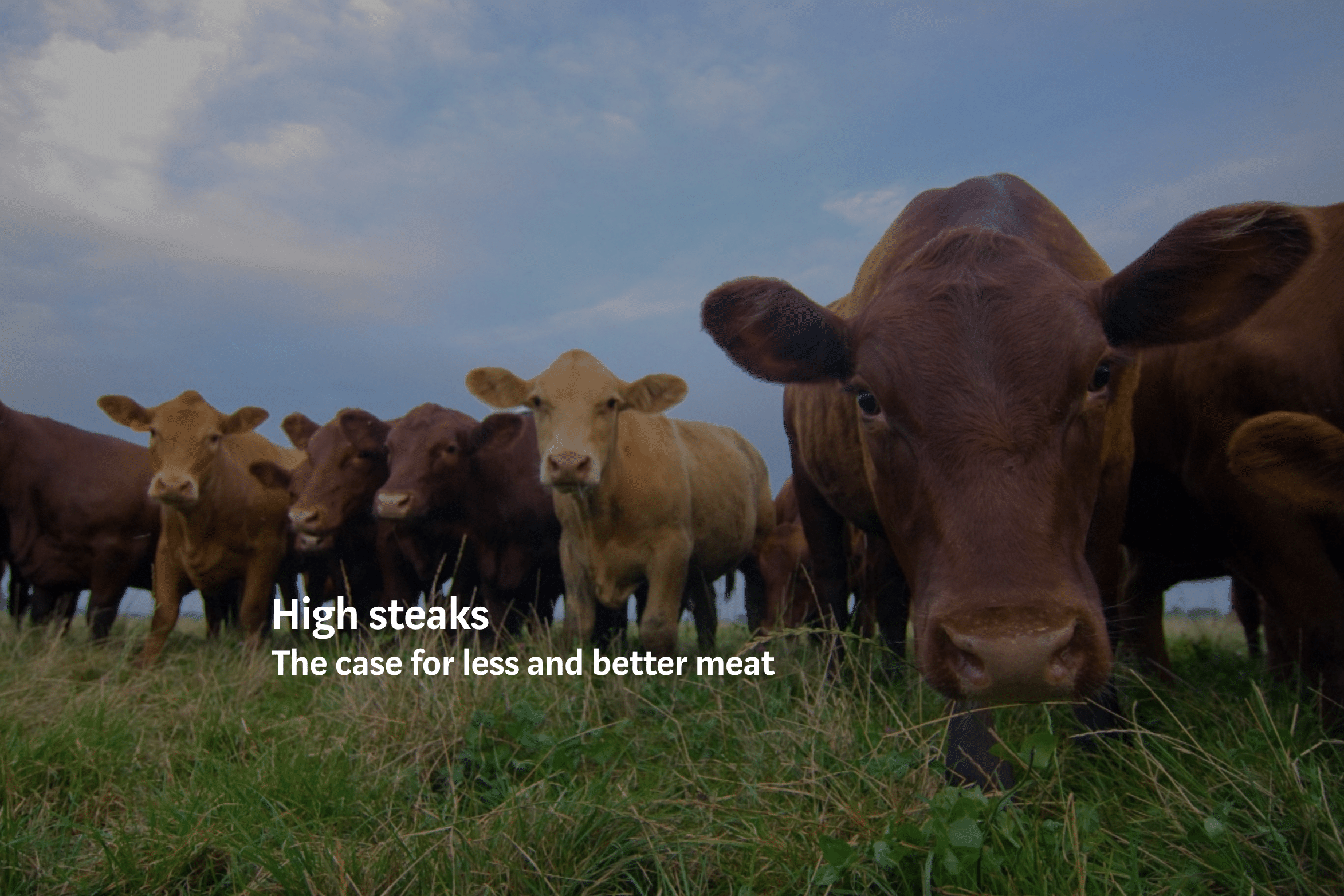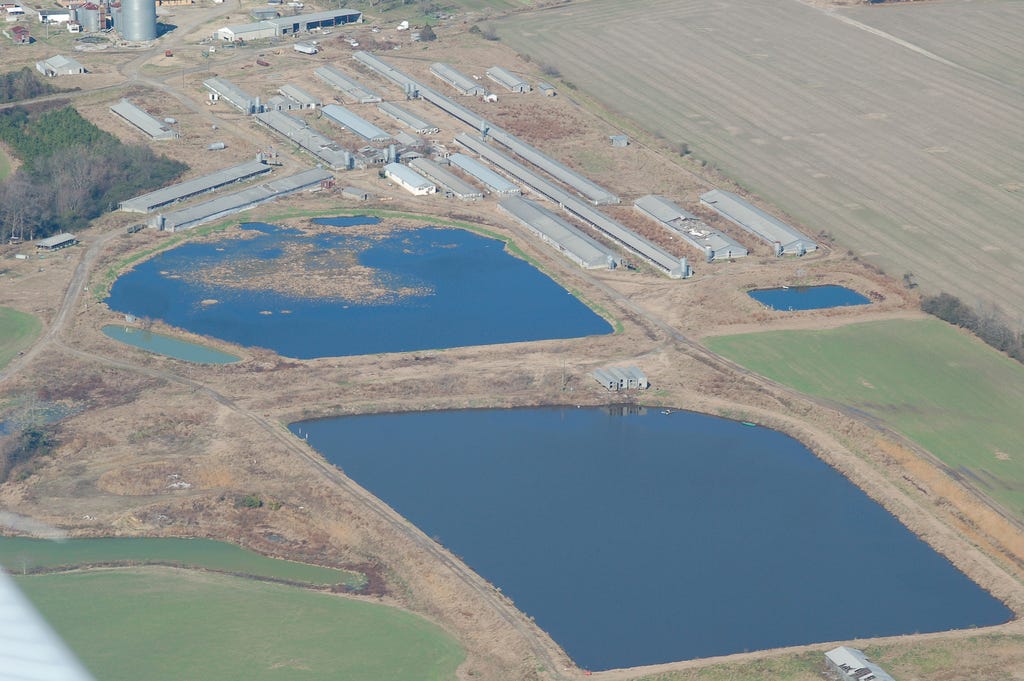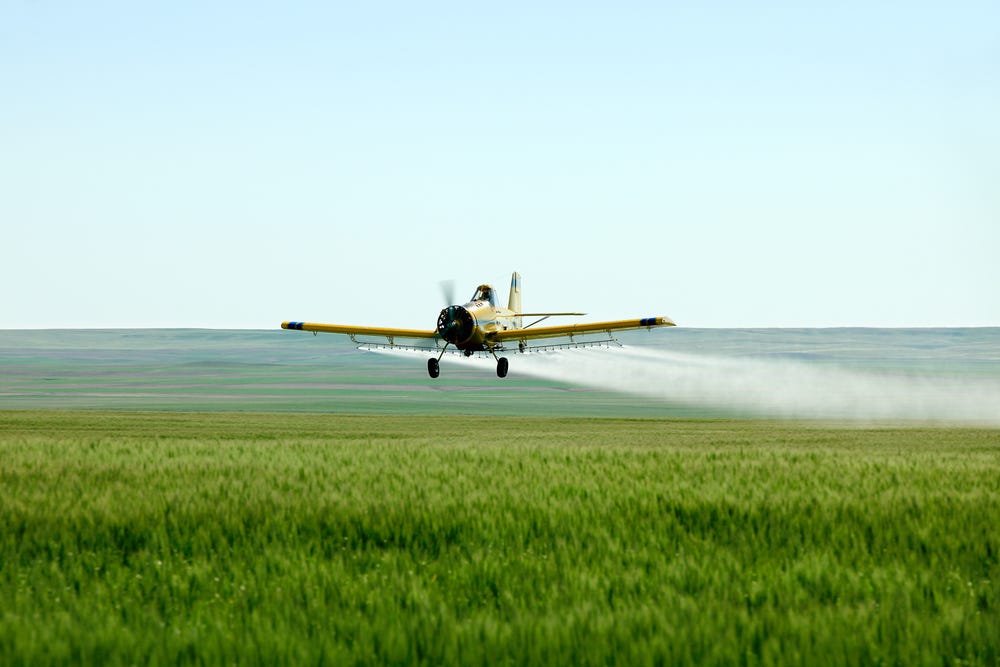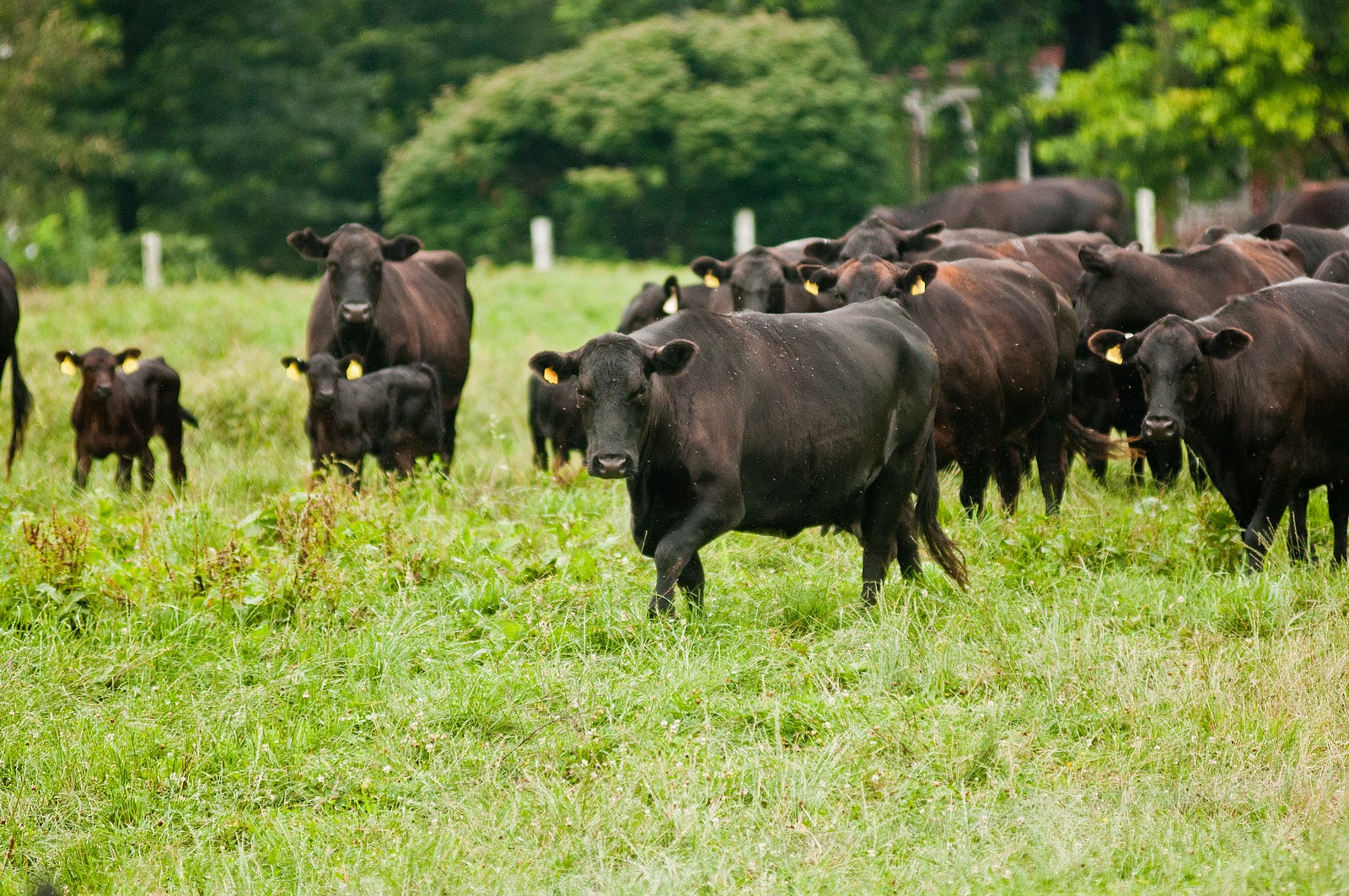- Blog
- Food & Agriculture
- Animal Agriculture
- High steaks: The case for less and better meat
High steaks: The case for less and better meat

Donate Now!
Your contribution will benefit Friends of the Earth.
Stay Informed
Thanks for your interest in Friends of the Earth. You can find information about us and get in touch the following ways:
This summer, Americans across the country enjoyed the tradition of lighting up the grill, eating outdoors and enjoying their favorite side of beef. What many may have not known, however, is that there’s a high price to pay for that juicy T-Bone from Safeway.
The meat at the center of your plate is also at the center of some of our world’s greatest ecological and public health threats: deforestation, biodiversity loss, water scarcity, climate change, water pollution, diet-related disease, antibiotic resistance, intolerable animal cruelty and more.
Unfortunately, much of this harm is exacerbated by agricultural policies and regulations that favor large-scale industrial feed and meat production with inadequate environmental or public health safeguards. This has led to a set of practices that harm consumers, animal welfare and the planet itself.
Most meat, poultry, eggs and dairy sold in restaurants and supermarkets in the U.S. comes from factory farms — where animals are often raised in cruel, cramped and unsanitary conditions. In order to prevent disease and promote faster growth, they are frequently pumped with doses of antibiotics. This practice has contributed to the rise of antibiotic-resistant
diseases in human populations, which pose one of the greatest public health threats of our time.

Most beef cows are implanted with synthetic hormones, and pigs are often given drugs to speed their growth. Factory farmed animals are often fed a diet of genetically engineered grains, such as soy and corn, that have been drenched in Roundup and other pesticides.
Animals are then slaughtered, processed and brought to market by just a handful of powerful corporations that control most of the nation’s meat industry. That’s bad news for consumer choice and for the majority of farmers and ranchers struggling to make a living.
The good news is that we can all be a part of the solution. We can dramatically change the face of factory farming by making different choices about what we put on our plates each and every day. We can reject factory-farmed meat and request healthier, higher quality, humanely and sustainably-raised products from our grocers and our favorite restaurants. And by eating smaller quantities of meat and cheese, and more plant-based proteins, we can improve our health and reduce our impact on the planet.
Feeding factory farms drives environmental destruction
It takes an enormous amount of feed to raise the 9 billion animals confined in our country’s feedlots — for every one pound of steak, a beef cow needs to eat 7–10 pounds of grain. Producing that feed requires massive amounts of fuel, fertilizer, pesticide and land. Animal products also require significant amounts of water — as much as 1,500–2,000 gallons of water per pound of beef. In other words, producing an eight-ounce steak requires as much water as eight showers.
Vast amounts of land, chemical fertilizer and pesticides
In the U.S., nearly half of all cropland is planted in genetically engineered monoculture crops for animal feed. Aside from a staggering amount of water and diesel fuel, conventional feed grain production requires the use of energy-intensive pesticides and fertilizers, which often end up in our rivers, streams, and groundwater. They also impact our atmosphere: when fertilizer is applied to soil, it generates nitrous oxide, a greenhouse gas with 300 times the warming effect of carbon dioxide.

More beef and bacon means fewer bees and butterflies
The planting of vast monocultures has led to the loss of critical habitat for many beneficial plants and pollinators, including honey bees, which are critical to our food supply. Between 2008 and 2011, more than 23 million acres of grasslands, shrub land and wetlands were converted to row crops, in part to supply biofuel plants and animal factory farms.
This destruction of these native prairie lands releases large amounts of carbon from the soil into the atmosphere while destroying precious biodiversity and valuable habitat. Adding insult to injury, the rampant use of pesticides has also contributed to the alarming decline of bees and butterflies in recent years. For instance, glyphosate, a key ingredient in Monsanto’s RoundUp weed killer, is a potent herbicide that has decimated milkweed, the only food monarch butterfly offspring will eat.
What’s worse, our taxes are incentivizing this destruction: between 2001 and 2009 more than more than $46 billion in subsidies were paid out for animal feed production alone.

Leaving a toxic mess
Eventually, all of that subsidized animal feed will inevitably turn into mountains of toxic manure, which is spread back onto the fields or stored in big lagoon pits, where it often leaches pollutants like antibiotics or nitrates into the groundwater or nearby streams. This waste also generates large amounts of nitrous oxide and methane, a greenhouse gas 30 times as potent as carbon dioxide.
Unlike human sewage, the treatment and disposal of animal waste is not well regulated. In the worst factory farms, animals are knee-deep in their own waste for days at a time, producing an intolerable stench and toxic air
pollution in nearby communities.
Better, healthier alternatives: Organic and pasture-raised meat and dairy
By contrast, animals that are lucky to live their entire lives in humane conditions on pasture can become a solution to many of these environmental and public health problems.
- Well-managed pastures can sink large amounts of carbon and the animal waste becomes a potent source of organic nourishment for soils and crops — rather than a source of pollution as it is on factory farms.
- Well-managed animals who eat grass and other vegetation contribute to healthy plant growth, healthy soils and healthy habitat for many beneficial critters — including bees and butterflies.
- Healthy soil enables better water absorption and allows the land to withstand the growing periods of drought and floods that climate change brings.
- Animals provide natural pest and weed control, reducing the need for pesticides.

The health benefits of pasture-raised meat are undeniable. Grass-fed beef and dairy provide far higher levels of Omega-3 fats, known to reduce inflammation and prevent heart disease. Grass-fed beef has less fat and higher levels of beta-carotene, conjugated linoleic acid and Vitamin E.
Organically certified meat and dairy are also good choices. Animals are fed a strictly organic diet and must have access to outdoor spaces, including pasture in the case of cows, sheep and goats. By choosing organic, you can avoid ingesting a plethora of risky chemicals including drug residues, heavy metals, growth hormones and feed additives. You will also avoid exposure to pesticides, which can bioaccumulate in the fatty tissues of animals that eat feed grown with pesticides.
While organic and well-managed pasture-raised meat and dairy are better alternatives, they do require more land than factory-farmed meat — and still consume large amounts of resources, especially compared to plant-based proteins. No matter what kind of meat you choose, eating less is key to a healthier planet.
Less meat leads to a healthier life
Numerous studies have shown that people who eat less meat, especially red and processed meat, live longer and healthier lives and have lower risks of heart disease, cancer, obesity and diabetes. Reducing your meat consumption also reduces your exposure to the carcinogenic dioxins that are prevalent in meat and dairy products.
Join the movement for less and better meat
In the past five years, a growing movement advocating for less and better meat has flourished. The Meatless Mondays campaign has inspired millions to shift their diets and food companies are offering a wider array of plant-based protein options. Cafeterias in universities, hospitals and business campuses across the country are also offering more plant-based proteins and healthier meat options.
These trends are encouraging. But growth in sustainable and plant-based alternatives is not happening nearly fast enough at a price that most people feel they can afford.
You are key to a healthier food system
You can be a catalyst for transforming the way our meat and dairy is produced. Make sure to share this article with your friends and family, and follow these simple steps:
- Eat less and better meat and dairy. When you eat less, you can afford better.
- Buy local and direct whenever possible. It’s often more affordable for you and more profitable for the farmer. Connect directly with farmers by shopping at your local farmers market, or visiting LocalHarvest.org or EatWild.com, where you can find products directly from farmers, community supported agriculture or quality meat suppliers.
- Ask your grocery stores to carry more lines of healthier meat and dairy, such as third-party certified grass-fed, organic, humane and antibiotic and hormone-free.
- Ask your local restaurants, even chains, to offer more plant-based options and healthier meat and dairy products.
- Join us! Friends of the Earth’s Good Food, Healthy Planet campaign is just getting started — please join us to help shift the market and support policies and programs that reform factory farming and invest in more ethical, sustainable meat and dairy production.
